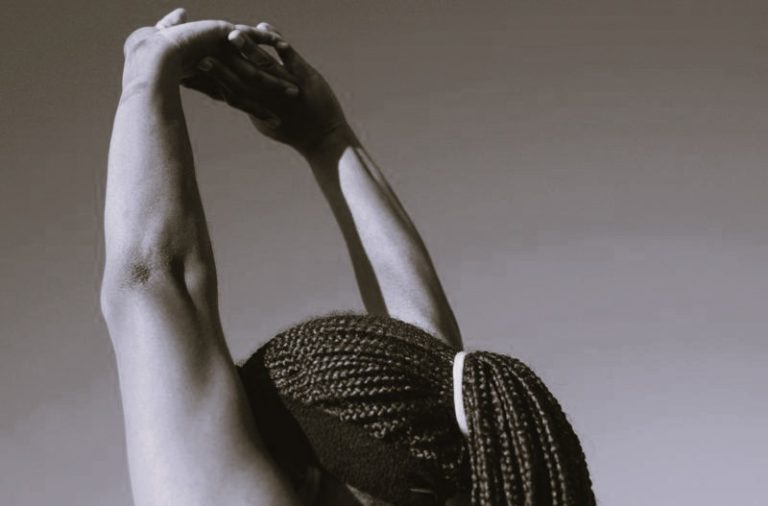

Recovery requires more than medical attention; it needs holistic care that strengthens the body and mind. Exercise provides a structured way to build resilience, improve focus, and promote long-term wellness. Its inclusion can inspire motivation and encourage a healthier lifestyle.
Physical activity is proving to be a valuable complement to drug rehab, reinforcing both emotional balance and physical healing. Structured movement and training routines enhance discipline, create healthier habits, and reinforce the progress made in treatment. Explore in this article how exercise enriches recovery and strengthens long-term outcomes.
Exercise and Mental Resilience
Emotions during recovery shift at times, which can cause stress or frustration. Physical exercise provides a constructive release for these pressures. Regular workouts stimulate natural chemicals in the brain that improve mood and lessen agitation.
Improved emotional health builds confidence and strengthens motivation for ongoing recovery. Sleep quality improves with consistent activity, and this results in clearer focus and steadier moods. This stability makes daily treatment goals more manageable and rewarding. A consistent commitment to exercise strengthens the sense of control that supports lasting progress.
Physical Strength Renewal
Substance use can leave the body weakened. Exercise helps rebuild strength, restore stamina, and strengthen immunity. These improvements give individuals the energy needed for active participation in treatment.
Key health gains include:
- Better cardiovascular health
- Stronger muscles and posture
- Higher energy for daily tasks
- Improved immune defense
Visible progress reinforces the sense of achievement. Each step forward confirms the body is regaining power and vitality.
Group Fitness for Connection
Isolation makes recovery more difficult. Group fitness activities help individuals build new bonds through shared experiences. These sessions encourage cooperation, accountability, and trust within supportive spaces.
Connections with peers create motivation to stay engaged. Encouragement from others reinforces consistency and helps individuals feel part of a community. This sense of belonging strengthens commitment to the recovery process. Shared progress in these settings reinforces hope and builds lasting confidence.
Active Routines in Recovery
Structure is vital during treatment. Incorporating exercise into daily schedules creates rhythm and discipline. The reliability of routine reduces uncertainty and strengthens focus. Physical activity also builds habits that extend beyond rehabilitation programs.
Balanced schedules improve time management and maintain stability in everyday life. Consistency in exercise reinforces confidence and helps individuals trust their progress. Regular structure through movement lays a strong foundation for continued growth.
Exercise as Part of Treatment
Physical activity can be tailored to fit within rehabilitation programs. Facilities design flexible routines that support different fitness levels and preferences. This adaptability makes exercise inviting and accessible.
Examples of effective options include:
- Yoga for focus and flexibility
- Walking for steady improvement
- Strength training for endurance
- Sports for enjoyment and bonding
These approaches keep participants motivated while improving both physical wellness and emotional balance. Exercise nurtures body and mind, and it supports individuals as they embrace recovery with renewed energy and confidence. Its role extends into every aspect of treatment, reinforcing positive habits that build resilience. Structured activity creates long-lasting habits that extend beyond the treatment setting. For those seeking comprehensive care through drug rehab, the inclusion of exercise provides a valuable layer of support. This balanced approach highlights how movement strengthens progress and sustains recovery.


